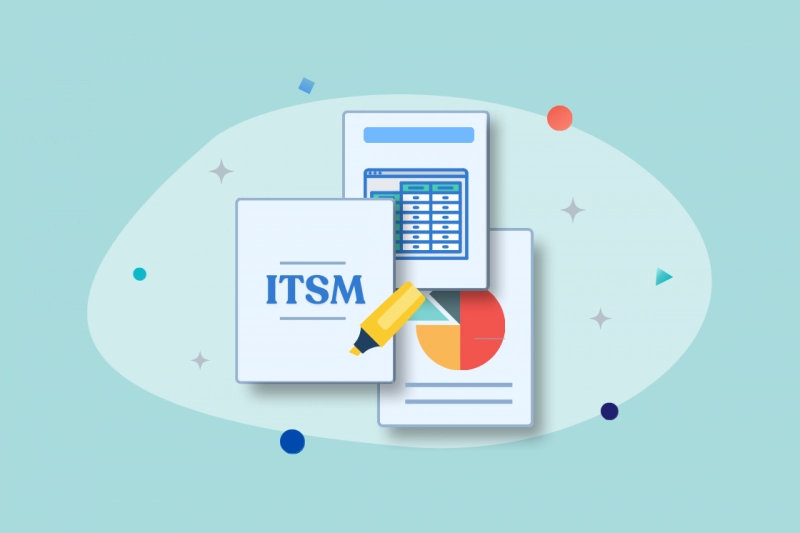It’s funny how quickly IT went from “that team in the corner” to “the backbone of everything.” A decade ago, service desks were mostly about tickets and fixing printers. Now? If your IT function fails, your business stalls. Full stop. Customers notice, revenue drops, and reputations get shredded on social media in hours, not weeks. That’s why IT Service Management, ITSM for short isn’t just another acronym. It’s become a survival strategy. If you need a clear definition, this ITSM guide is a good starting point. But the interesting part is what happens when companies actually put ITSM to work.
Beyond Keeping the Lights On
For years, IT was treated as the fire brigade: wait for something to break, then scramble to fix it. But businesses don’t run on that model anymore. Think of an online retailer on Black Friday if the checkout system stutters for even five minutes, it’s chaos. Customers vanish, revenue evaporates. A modern ITSM framework flips the script: proactive monitoring, automation, predictive analytics. The goal isn’t just to put out fires but to stop them starting at all.
Of course, speed cuts both ways. Everyone’s in a rush to roll out the latest tool, whether that’s AI copilots or new SaaS dashboards. Without proper guardrails, though, that rush leaves cracks in the foundation. We’ve already seen what happens when organizations embrace shiny tech without considering cybersecurity risks - a single misstep can undo years of customer trust. ITSM doesn’t kill innovation; it makes sure it doesn’t blow up in your face.
ITSM as a Business Lever

What’s often overlooked is how ITSM connects directly to things the board actually cares about: revenue, reputation, and resilience. Take healthcare. A hospital rolling out a new electronic health record system isn’t just fiddling with tech, it’s dealing with the flow of patient information. Get it wrong, and you risk lives. Get it right, and you save doctors’ time, reduce admin errors, and improve care. That’s not “IT efficiency.” That’s business value.
The same logic applies in finance, logistics, education - you name it. ITSM frameworks give structure to the chaos: change management to avoid nasty surprises, incident prioritization to keep the critical stuff up first, and continuous improvement so you’re not repeating the same mistakes. It’s the difference between being reactive and being strategic.
Zooming out, there’s another angle: accountability. As AI creeps further into decision-making, organizations are under pressure to show how they’re using it responsibly. Research into the governane of AI stresses the need for clear oversight. ITSM might not solve ethical debates, but it does provide a framework for documenting changes, defining roles, and creating audit trails. In other words, it gives businesses cover when regulators (or customers) start asking tough questions.
The Road Ahead
So where does this go next? The old playbook: tickets, SLAs, dashboards - won’t cut it. Companies are moving into hybrid everything: hybrid work, hybrid cloud, hybrid responsibilities. Service teams need to adapt, and fast. Automation and AI will obviously play a role. Imagine a system that flags a failing application before anyone notices, reroutes workloads automatically, and pings the right team with context attached. That’s where things are heading.
But let’s not kid ourselves: culture still matters more than software. The best ITSM setup in the world fails if the team using it is siloed, burnt out, or dismissed by leadership. The organizations that thrive will be the ones that treat ITSM as a business discipline, not just a tech checklist. That means the CEO understanding why an incident review matters, or the finance director appreciating why governance isn’t just “red tape.”
If you’re curious about where the field is moving, or you just want to stay plugged into what’s shaking up the tech world more broadly, then checking the latest updates is a solid habit. Because the reality is this: ITSM is no longer just about “keeping the lights on.” Done right, it’s the difference between being disrupted and staying ahead.
Post Comment
Be the first to post comment!


